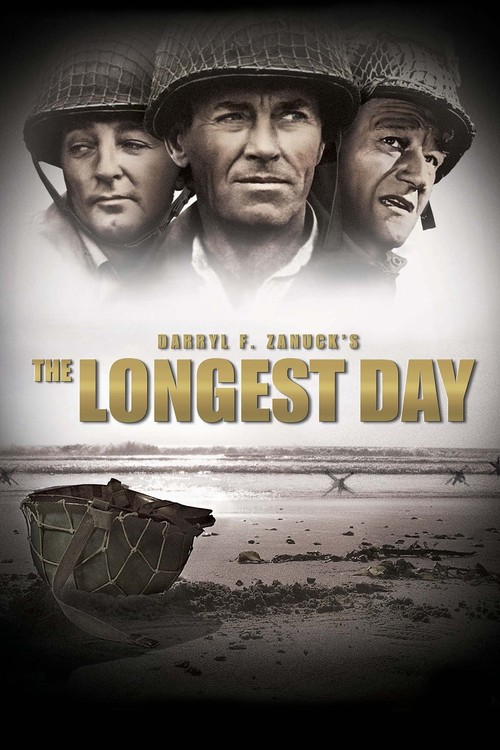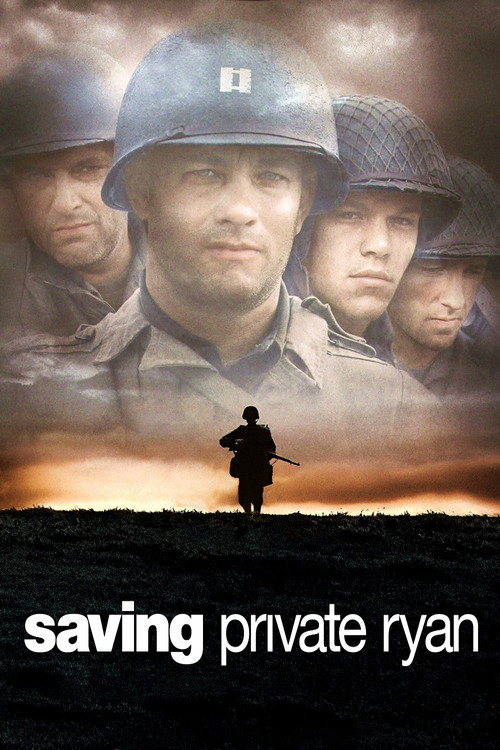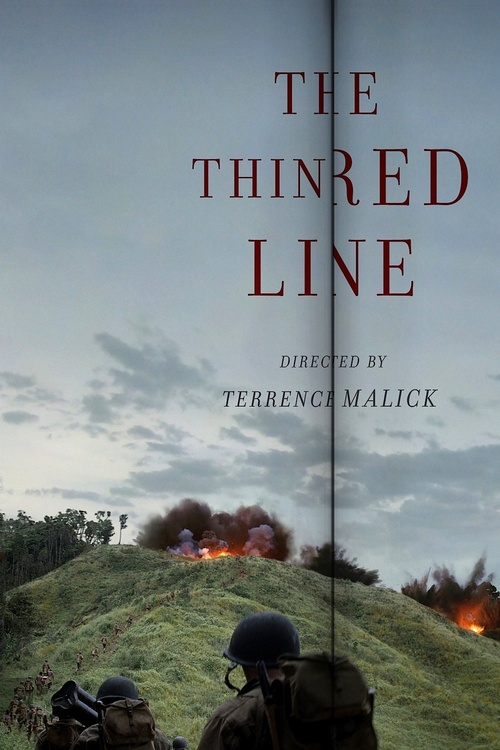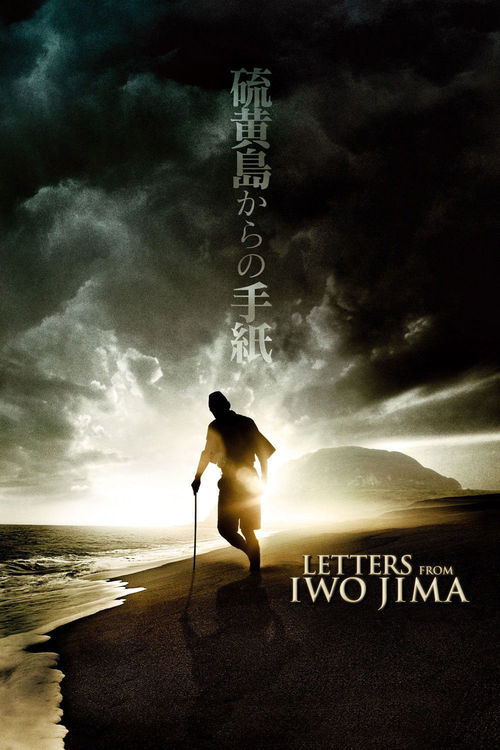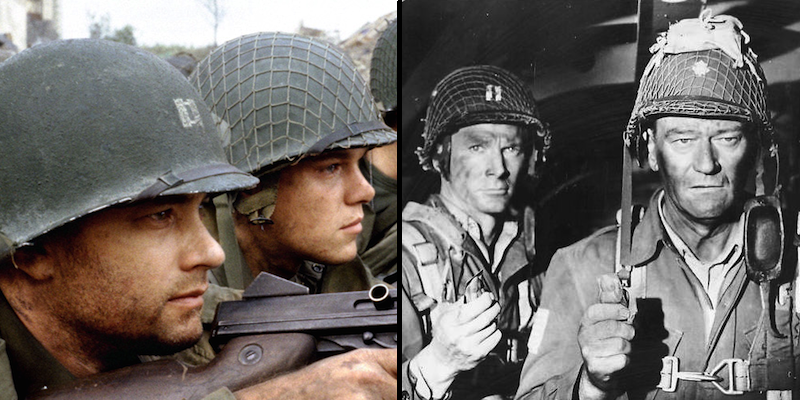
In preparation for this, the anniversary of the Allied invasion of Normandy, I re-visited what I feel are the two finest cinematic representations of this pivotal confrontation in the Second World War. Both moving tributes to the heroic men who fought and died on the critical day that turned the tide in the Allies’ favor, these films are…(drumroll)… “The Longest Day” (1962) and “Saving Private Ryan” (1998).
Surprised?
Based on Cornelius Ryan’s bestselling book, “The Longest Day” is a bonafide epic, whose scope seeks to match the magnitude of the mission itself. It was crafted by the last of the true movie moguls, Darryl F. Zanuck. His grand vision of D-day centers singularly on the invasion, and tells the tale of the actual day, and those surrounding it, from a kaleidoscope of angles.
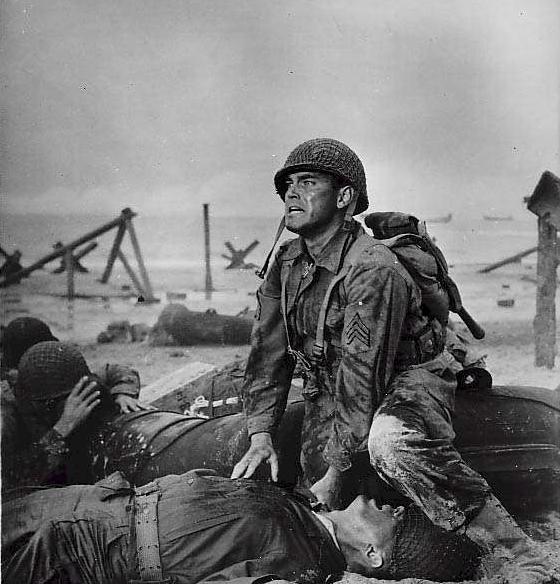
Within this pastiche, we get glimpses of the frustration of high-level Germans who anticipated the invasion, the desperation of American paratroopers shredded by enemy fire, French resistance leaders dynamiting railways, British airmen coolly discussing their missions over tea, and even a Scottish battalion led by a droning piper (another accurate detail from the event).
It is a magnificently woven tapestry with stellar actors, but for me, it’s the depiction of this immense, coordinated operation that’s truly breathtaking. Told on a massive scale (it’s said that at one time Zanuck had more cast and crew working for him than any general had soldiers during the confrontation) the film inspires awe for that reason alone.
Directed by Steven Spielberg, “Saving Private Ryan” is a more intimate story set amidst the whirlwind of war. By focusing mainly on the perspective of one unit, Spielberg places you smack in the middle of a terrifying frontal assault.
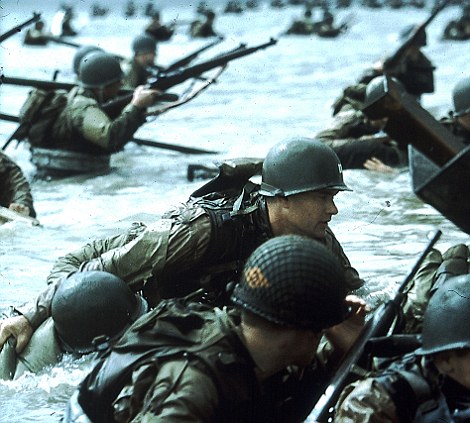
No one ever forgets the first time they see that invasion scene. Unprecedented in its visual treatment of the confusion, gore, and chaos of battle, it’s said to be the most accurate depiction of wartime ever filmed. Mashing the invasion of Normandy into a 20-minute meat grinder, Spielberg leaves you physically and emotionally drained. Full of carnage, war here is utter and devastating human destruction. A day of pure hell.
By contrast, “The Longest Day” is a decidedly more idealized picture; of course those were also the days when showing graphic violence was strictly verboten.
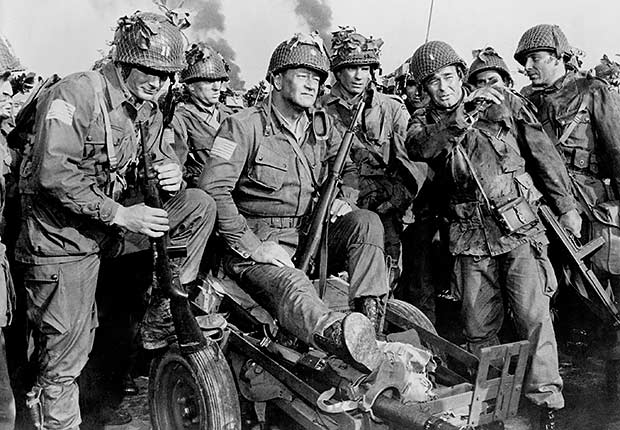
Not surprisingly, “Day” was also a much more costly and complicated movie to produce. It was, in fact, the most expensive black and white feature ever made, until 1993’s “Schindler’s List.” No other movie I can think of includes more “A” list actors: John Wayne, Robert Mitchum, Richard Burton, Henry Fonda, Robert Ryan, Sean Connery, Rod Steiger, George Segal, and Robert Wagner. International stars included Curt Jurgens, Kenneth More, Jean-Louis Barrault, Jean Servais, and Richard Todd. That’s a lot of paychecks.
Zanuck hired a team of directors to oversee sequences in several countries with verisimilitude as the goal. Less than 20 years removed from actual events, several of the cast and crew had been in the war – a few in the D-day invasion. One in particular, Jonathan Lowe, even rescaled the cliff at Omaha Beach, just as he had done 17 years earlier – this time for the camera.
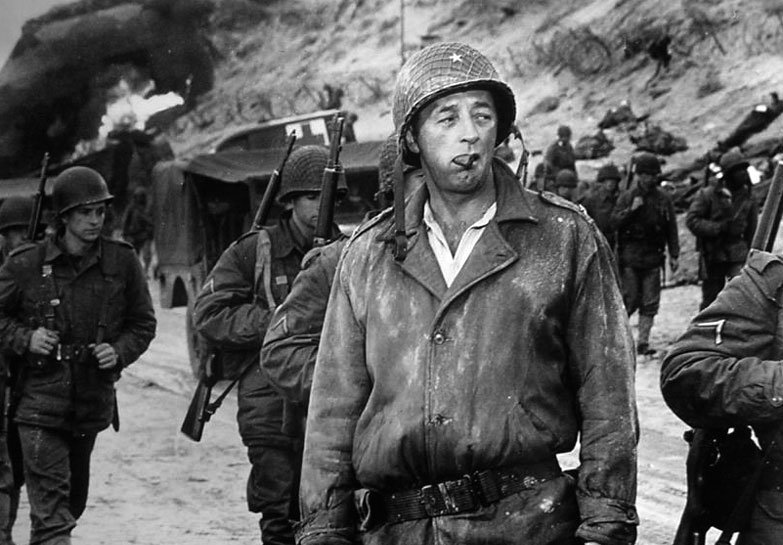
To lend more credibility to the piece, the actors portray (for the most part) true-to-life wartime heroes. The cigar chomping Mitchum is cold steel as General Norman Cota, who leads the charge, while Fonda plays arthritis suffering Brigadier General Theodore Roosevelt, Jr., determined to get into the fray, President’s son or no. Zanuck even considered casting former President Eisenhower to play himself, but it wasn’t feasible (the look-a-like he did cast bears an uncanny resemblance to Ike).
Where “Longest Day” ends with a grand statement on the hard won Allied victory, “Private Ryan” moves on from D-day to touch on more personal stories — particularly, the home front, which is not featured in Zanuck’s epic.
“Private Ryan” also boasts impressive star power, including Tom Hanks, Matt Damon, Tom Sizemore, and Edward Burns, among many notable performances. Though it’s loosely based on the true story of the Niland Brothers, the reality that Spielberg brings to a unit in search of one man is not that of specific officers or wartime heroes, but the intimate and dark truths of normal, frightened men sent to risk their lives.
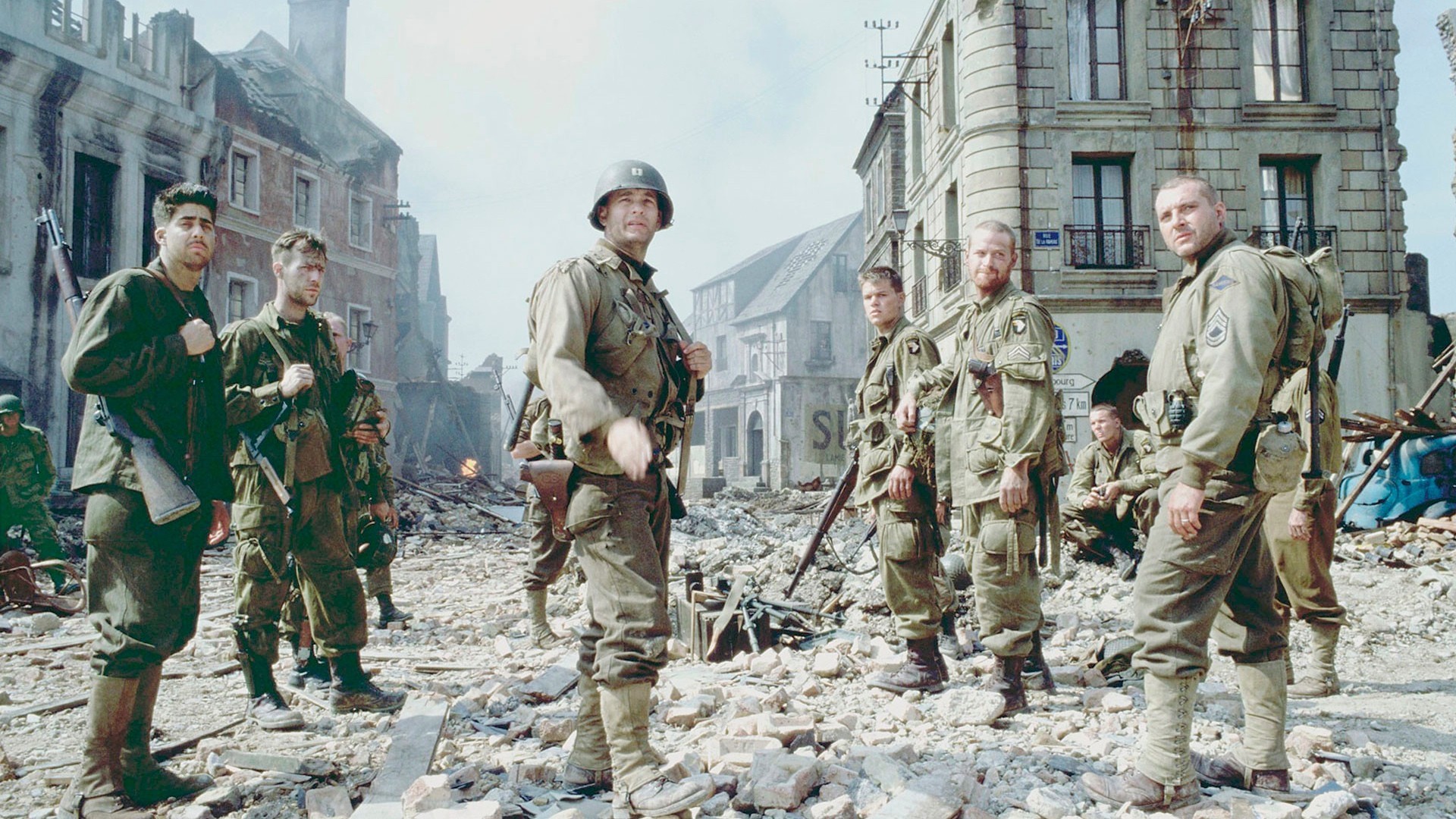
The characters are flawed (some of them deeply so), and even Hanks’s Captain Miller has a brooding, barely contained anxiety about him that only makes him more sympathetic (remember that hand tremor?). Deaths are agonizing and survivors conflicted about where they are and what they’re doing.
As Private Ryan, the object of Miller’s search, Matt Damon is appropriately humanized as well. No golden boy, Ryan comes off as a bit of an upstart, yet over the course of the film discovers his own humility. Ultimately, “Ryan” manages to be the more touching of the two films.
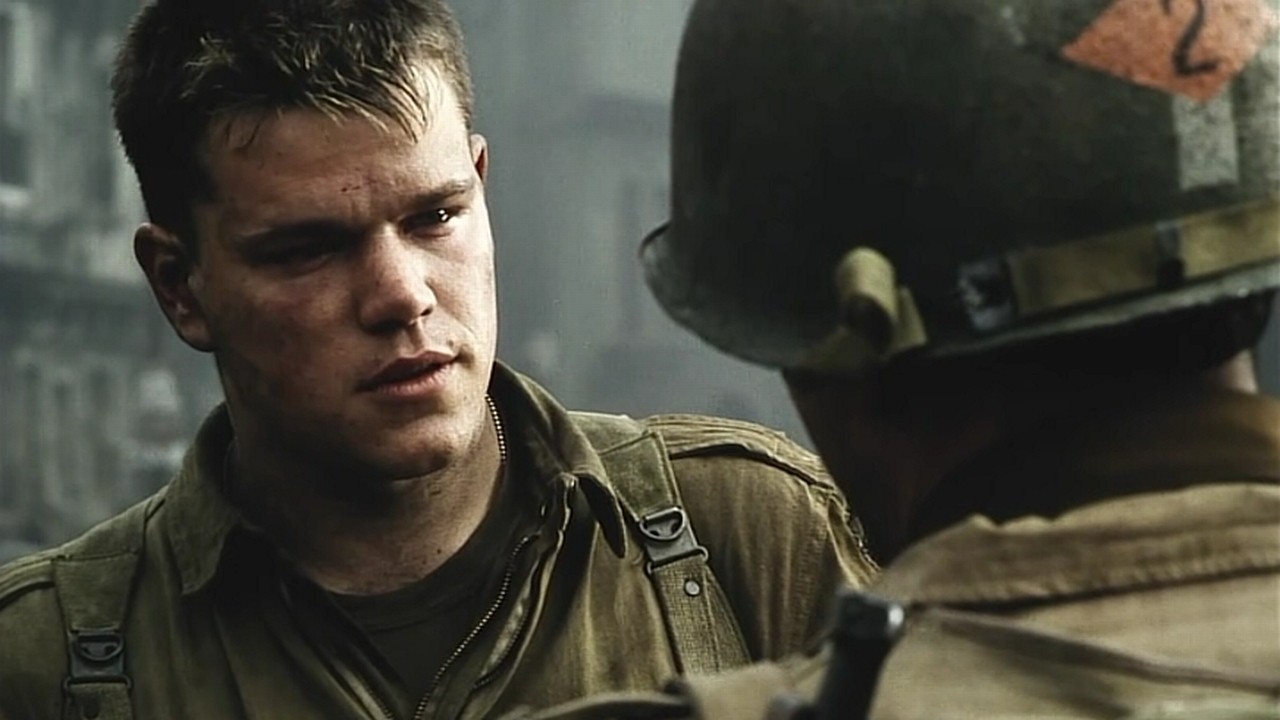
Both movies, however, remind us of something very important: To remember those who fought and died for us, so that when we buy our lattes and read our blog posts, we recognize that the routines, comfort and security we take for granted have been hard-won.
The tomb of the unknown soldier at Arlington bears an inscription, “Here rests in honored glory an American soldier known but to God”. This revered memorial represents the story of a nation at war, brought down to an individual level. Through films like “Longest Day” and “Private Ryan”, we bring ourselves a little closer to properly understanding this one soldier’s ultimate sacrifice.
Which of these two films do you consider the ultimate D-Day classic? Let us know on Facebook which one you’ll be screening on the big anniversary day.
Previously: On His Birthday, Why John Wayne Endures
Is Tom Hanks the Reincarnation of Jimmy Stewart?
Didn’t find what you’re looking for? Keep browsing for the right movie to watch tonight on our curated database. Using our search filters, you’ll never spend too much time deciding on a movie again. The best movies to stream are just a click away!
